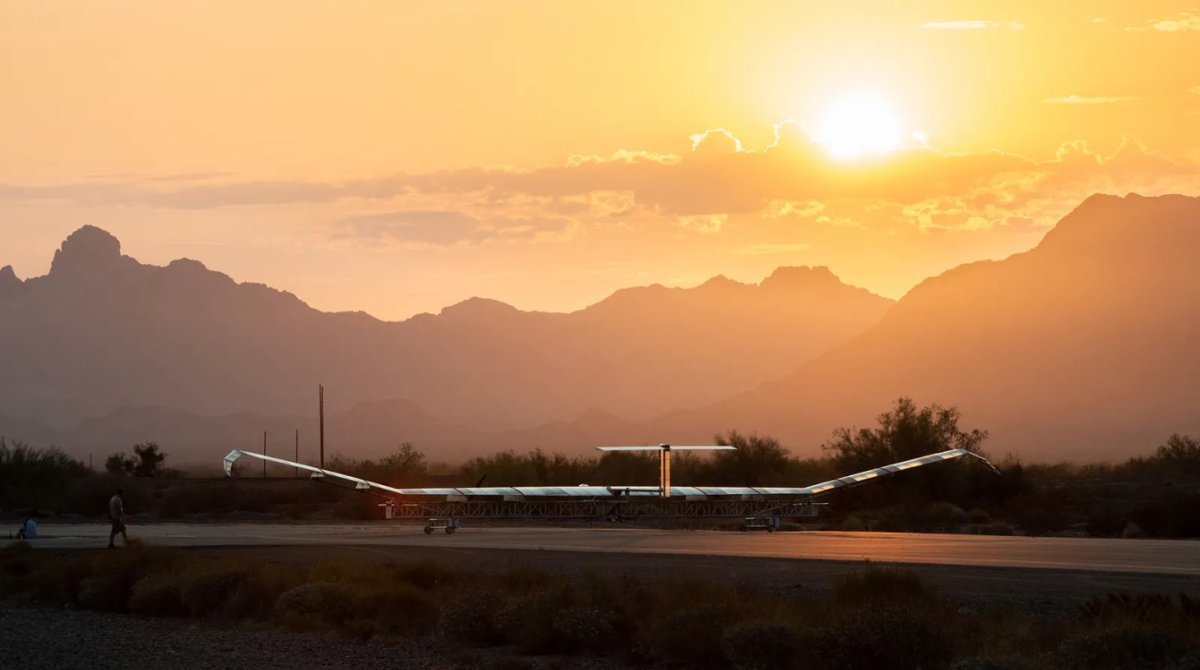In the start of 2021, the tech giant Alphabet announced the end of its project, Loon. It was a familiar tale within the history of Google X: a bold moonshot with great potential that ultimately fizzled out after nearly a decade of effort.
“Despite Loon’s impressive technological advancements,” X expressed with a hint of sorrow on the project’s page, “achieving commercial success proved to be much more difficult and risky than anticipated, leading to the conclusion of Loon’s journey.”
The purpose of Loon was to provide high-speed internet access to areas without existing infrastructure, like Sub-Saharan Africa, using weather balloons. The project garnered significant attention and even saw use in the aftermath of natural disasters such as the 2017 hurricane that devastated Puerto Rico.
Although Loon’s fundamental technologies may live on in other Alphabet projects, the spirit of the project is now carried on by Airbus through AALTO. However, AALTO employs a different approach, utilizing Zephyr solar-powered drones instead of balloons.
“[Loon] generated enthusiastic customer engagement,” stated AALTO CEO Samer Halawi in a recent interview with TechCrunch at Mobile World Congress. “People quickly signed up for the service, but the issue was that balloons are constantly moving. To combat this, Loon used multiple balloons that relayed signals to each other. This resulted in the need to use eight times the number of balloons for the same coverage area.”
AALTO’s solution involves using fixed-wing drones, which offer more predictable movements compared to weather balloons. In 2022, the technology for these fixed-wing drones was acquired by Airbus from QinetiQ, a spinoff of the U.K. Ministry of Defence and Space.
The Zephyrs take off from circular runways, spiraling upwards until they reach the stratosphere at over 60,000 feet. This keeps them above commercial aircraft and weather patterns that could hinder solar coverage. Interestingly, this airspace is less regulated than the space below it.
According to AALTO, each drone can cover an area of up to 7,500 square kilometers or the equivalent of 250 cell towers. The system can operate for months solely off of solar power, with the drones only needing to land every six months for a battery replacement as their shelf life is limited.
AALTO’s approach involves partnerships with mobile carriers and government agencies. The company, like Loon before it, is also looking into potential temporary deployment to aid in the recovery of downed cell towers during natural disasters.








